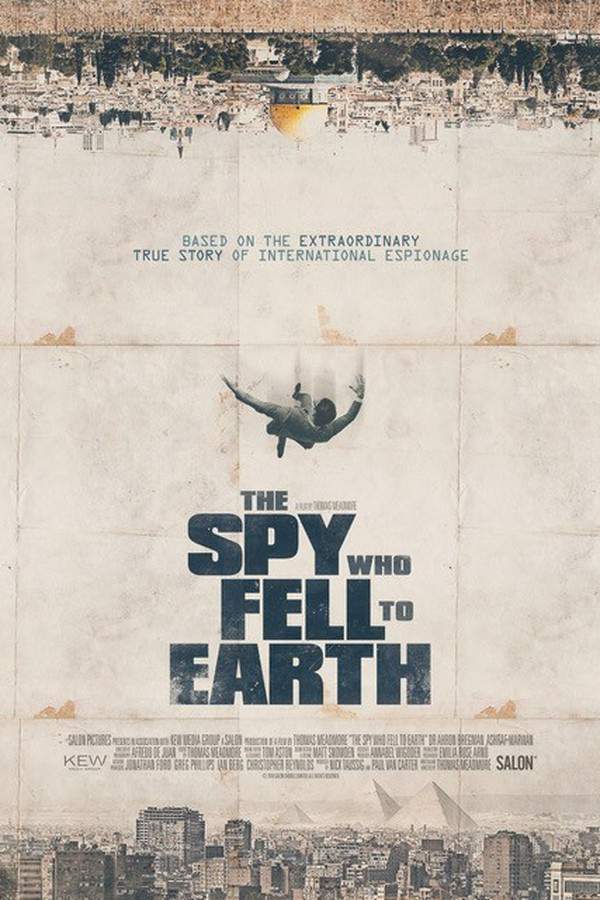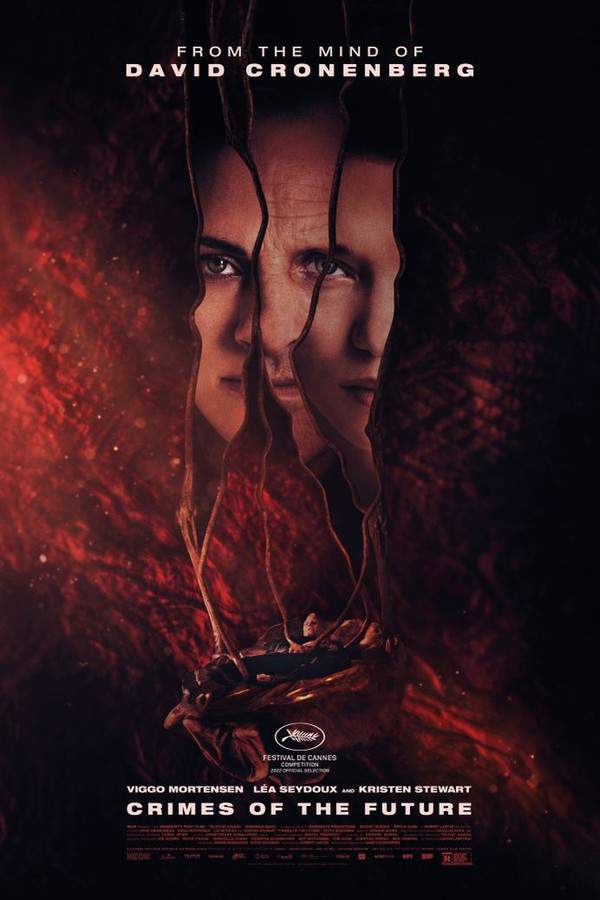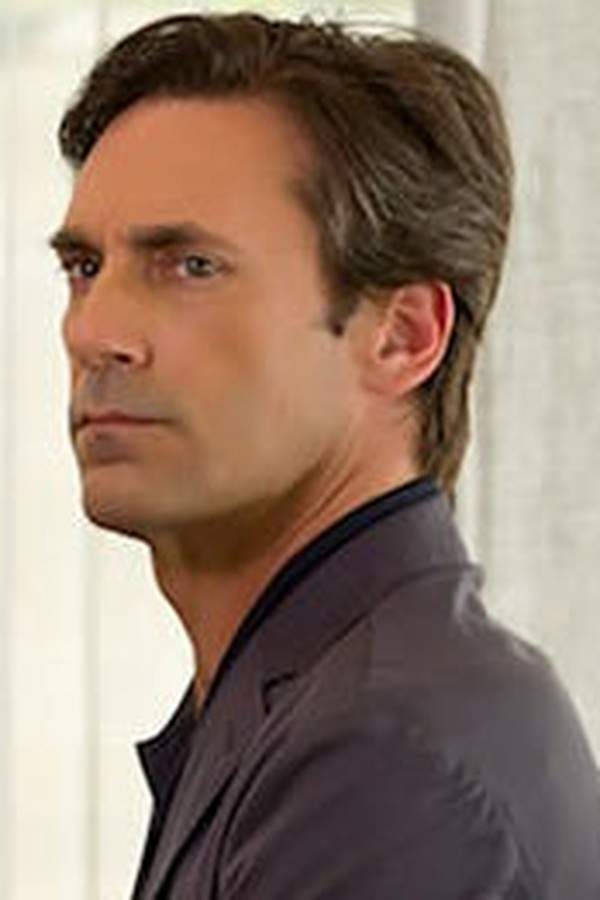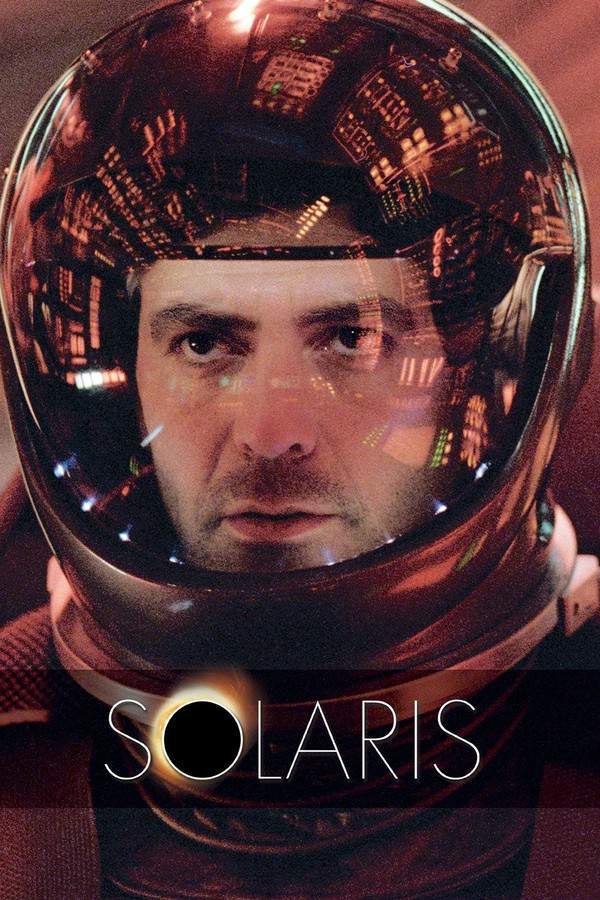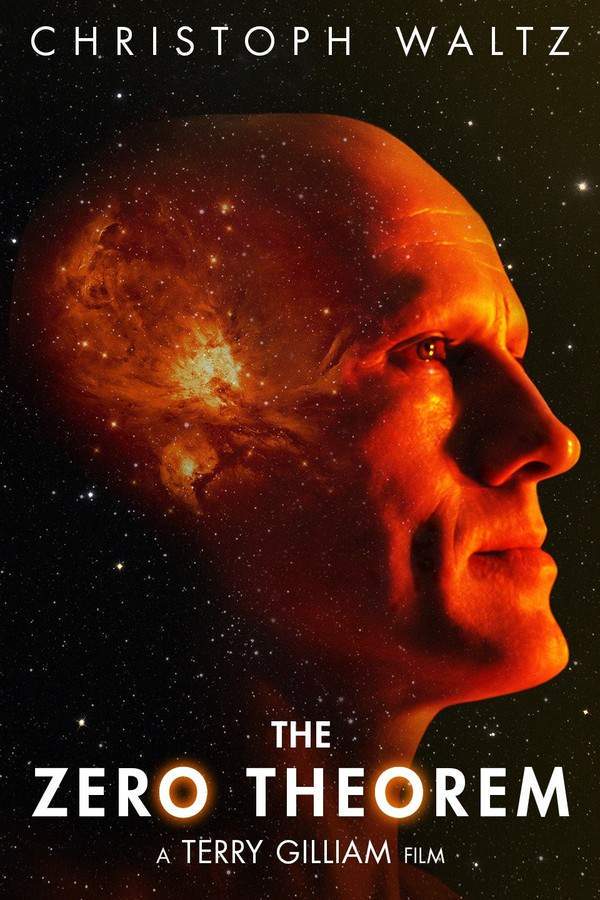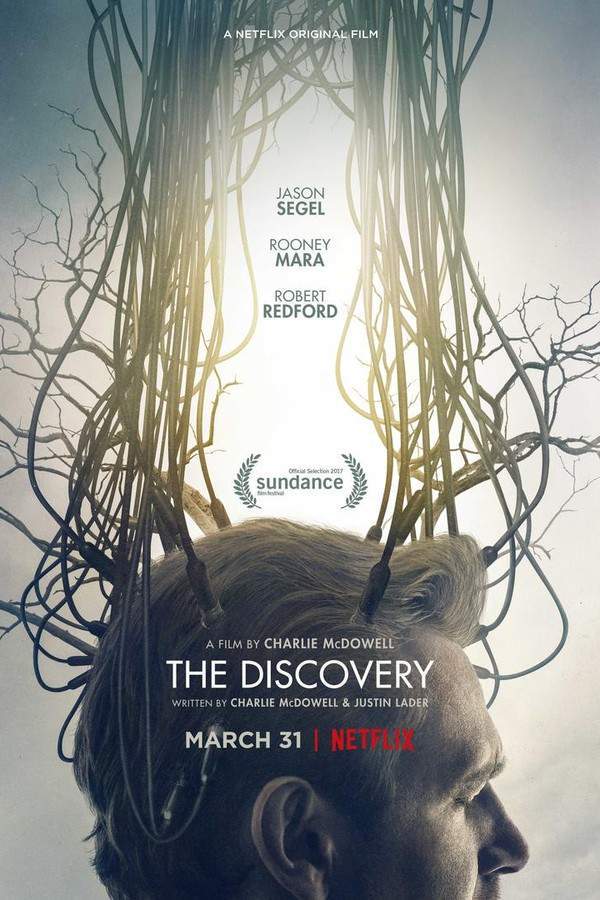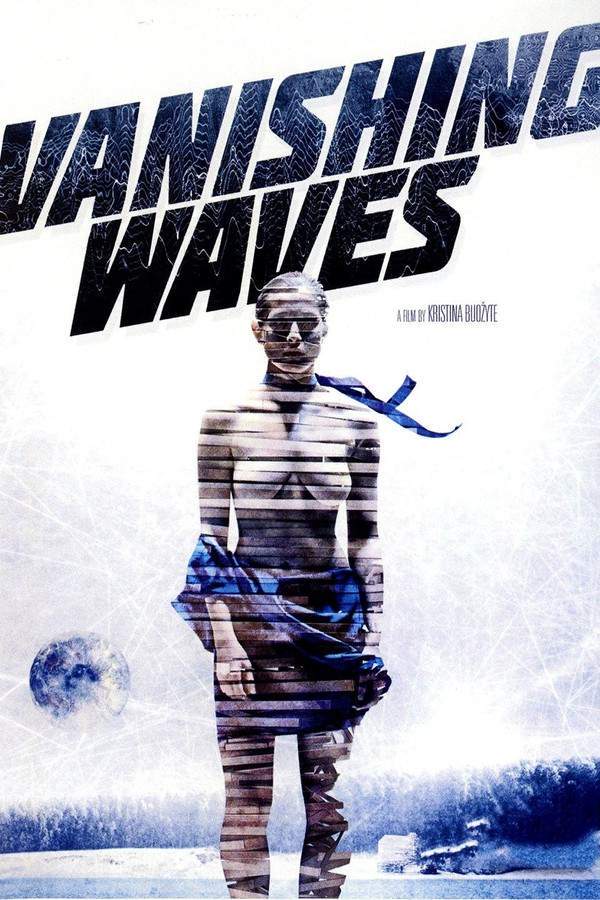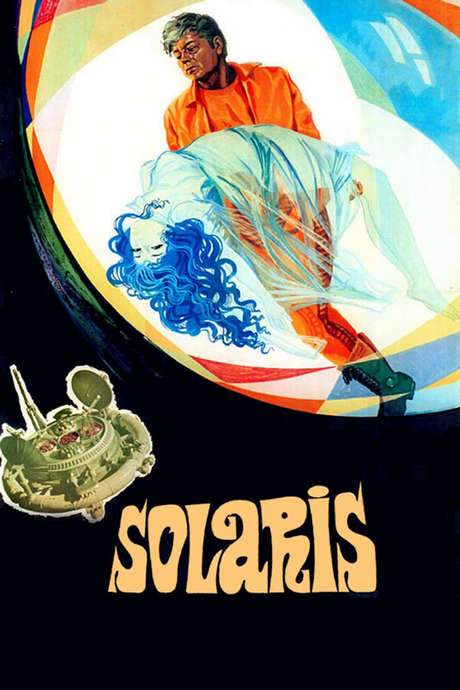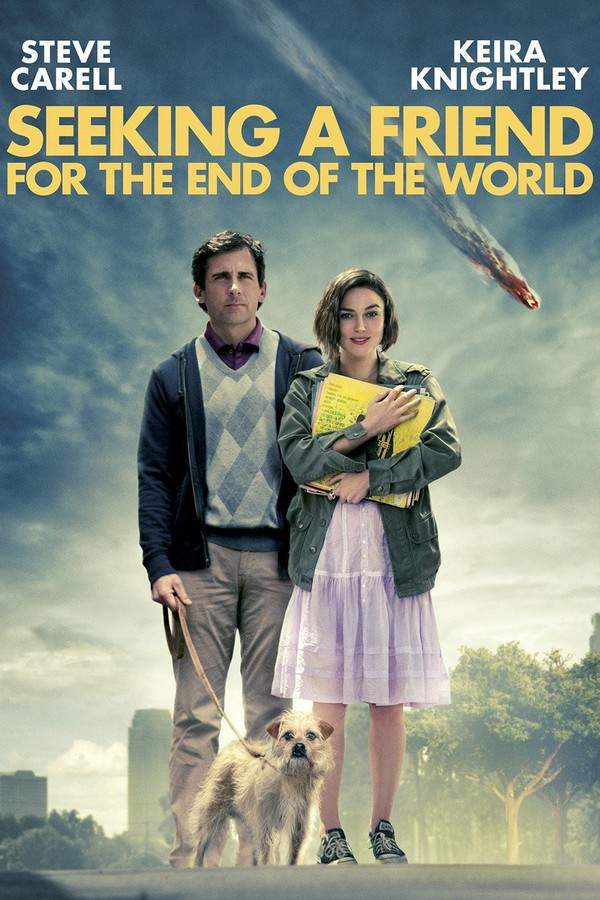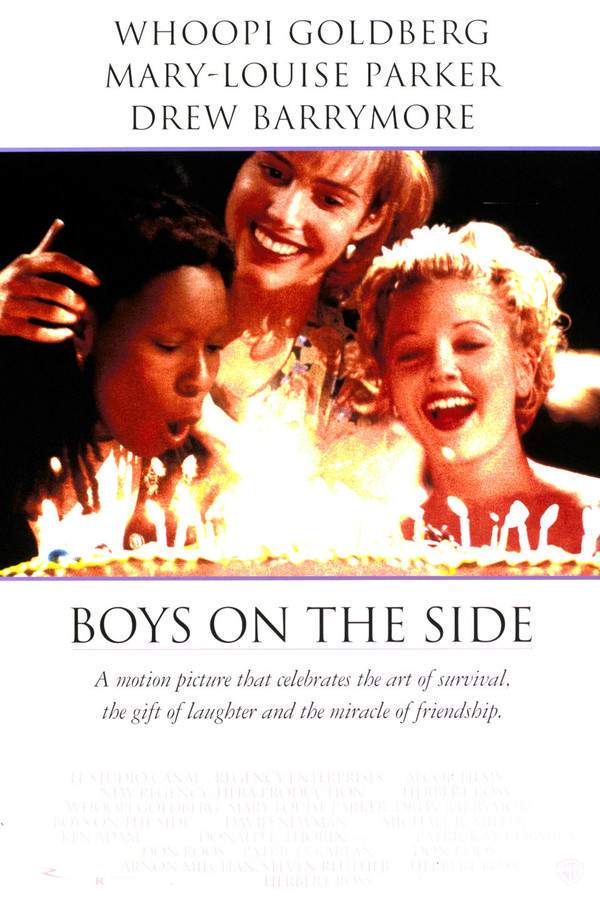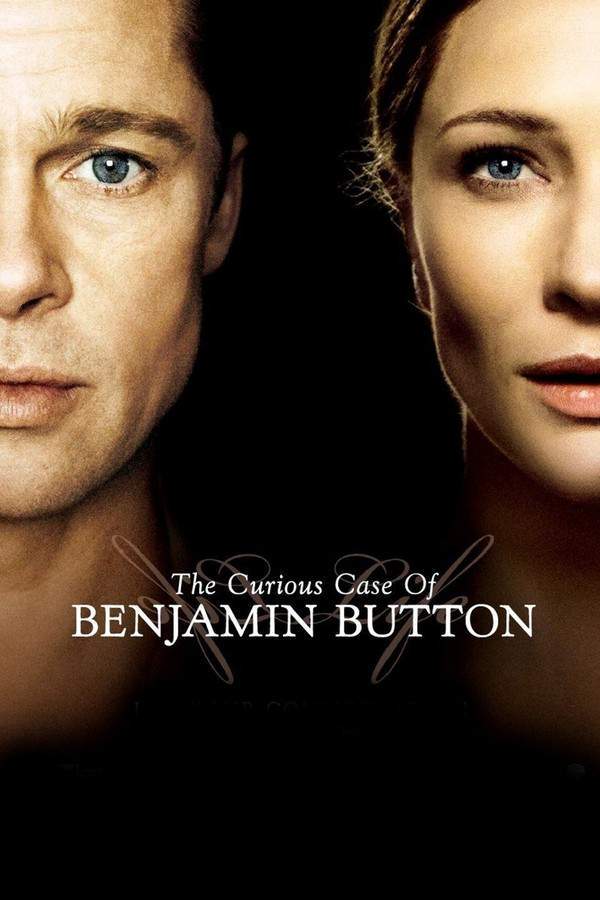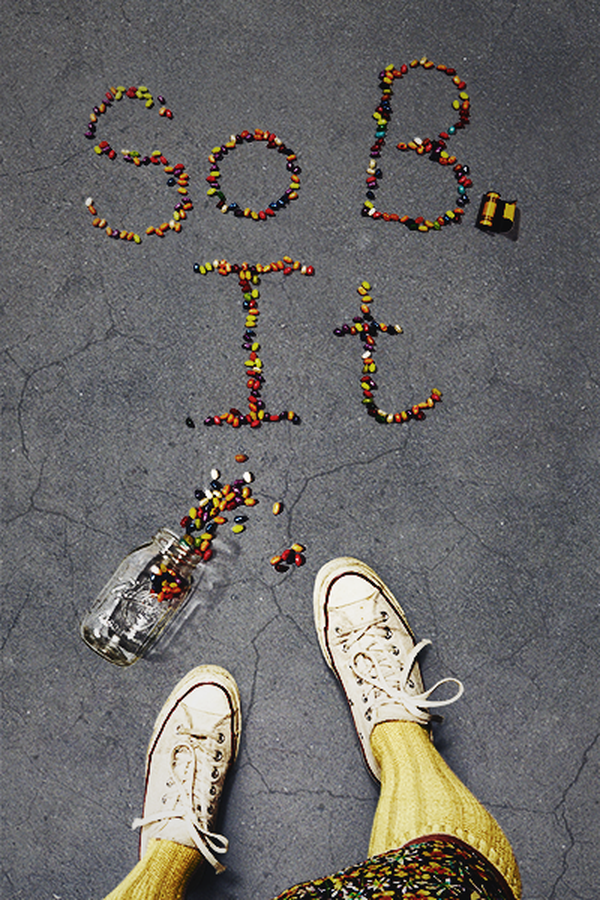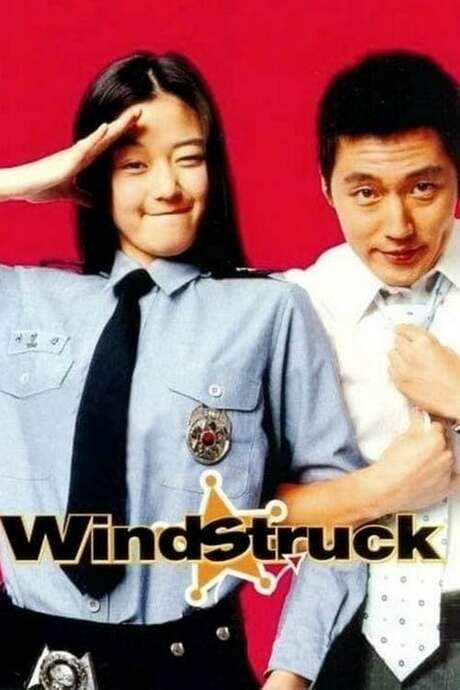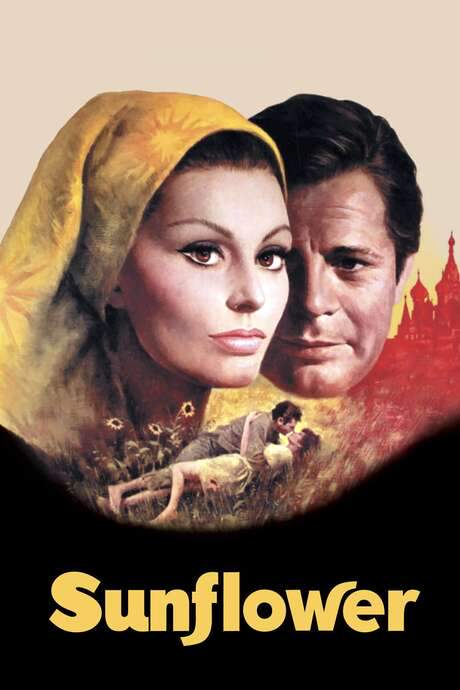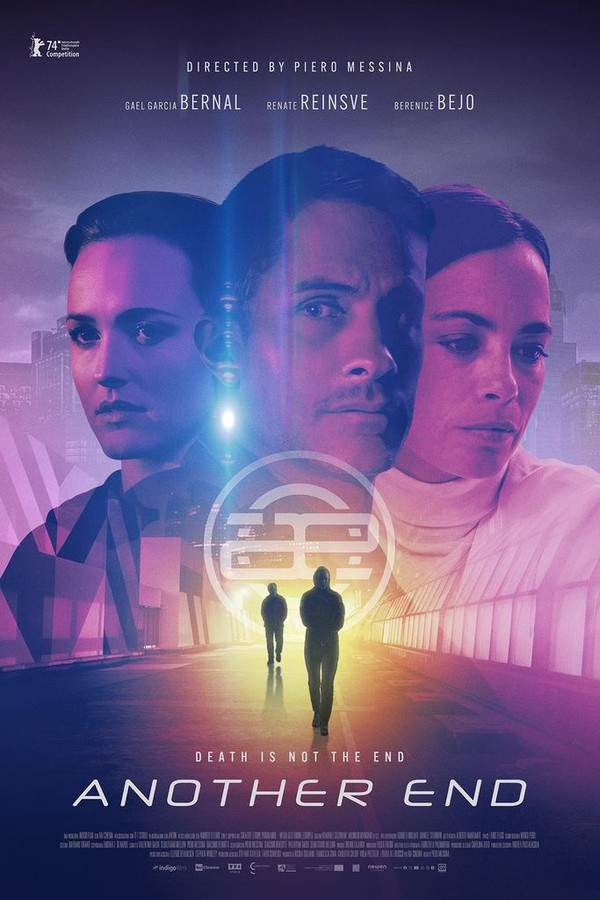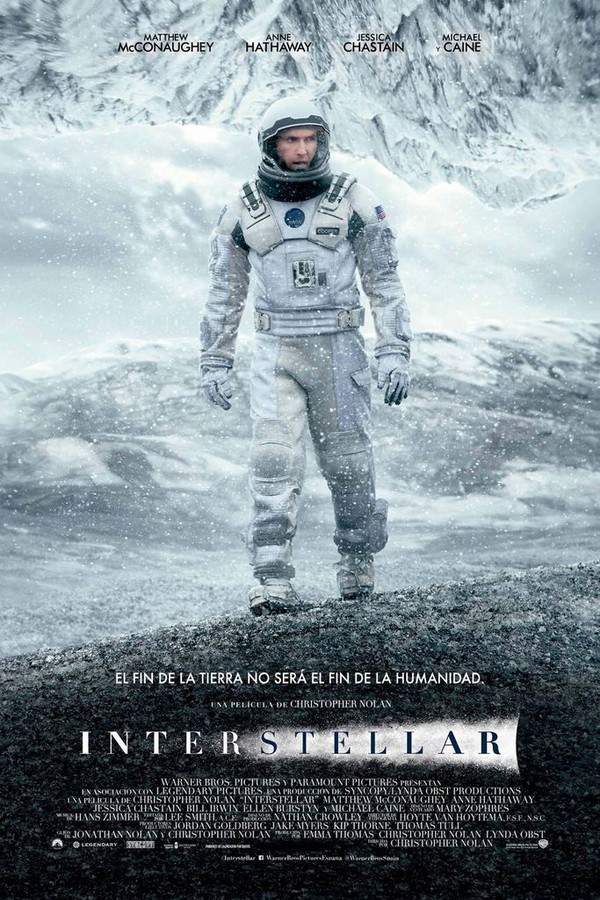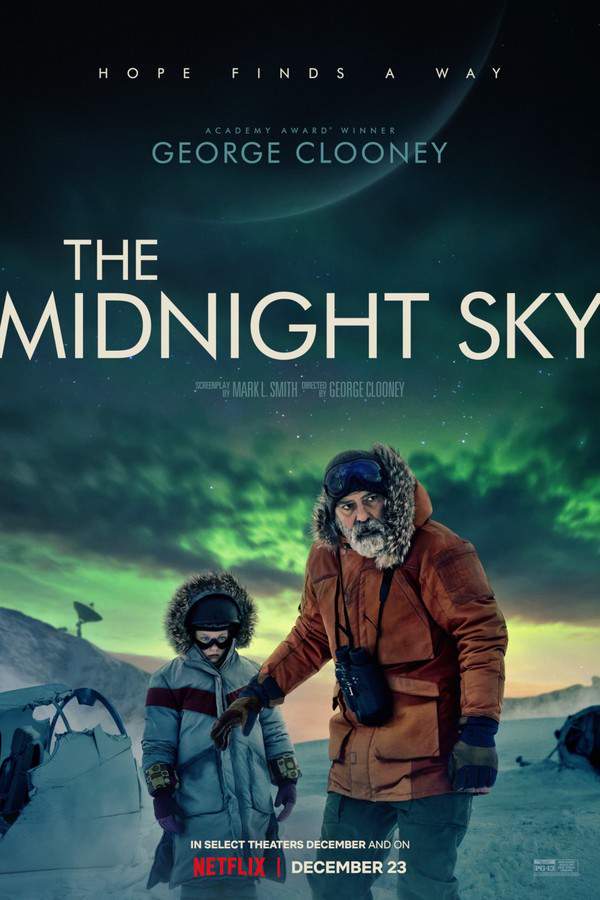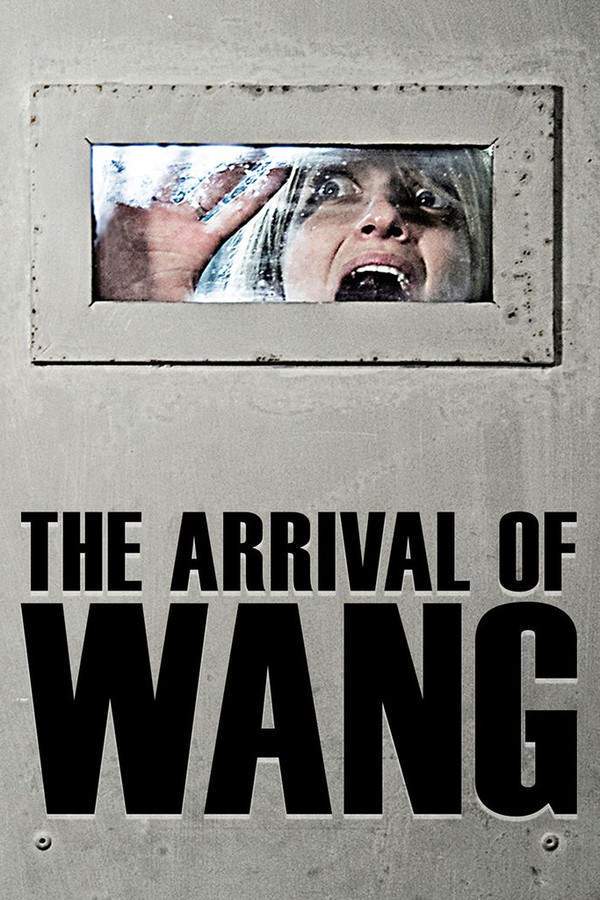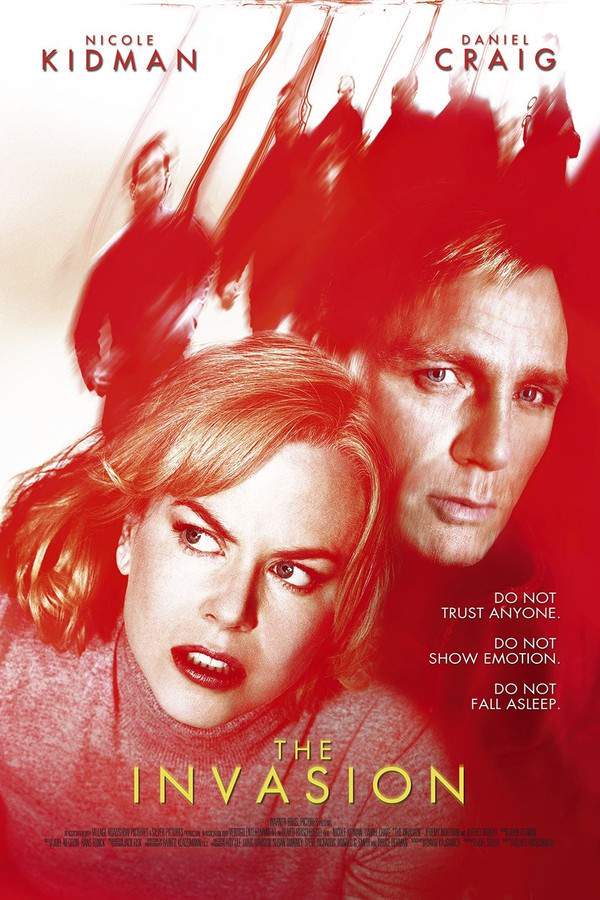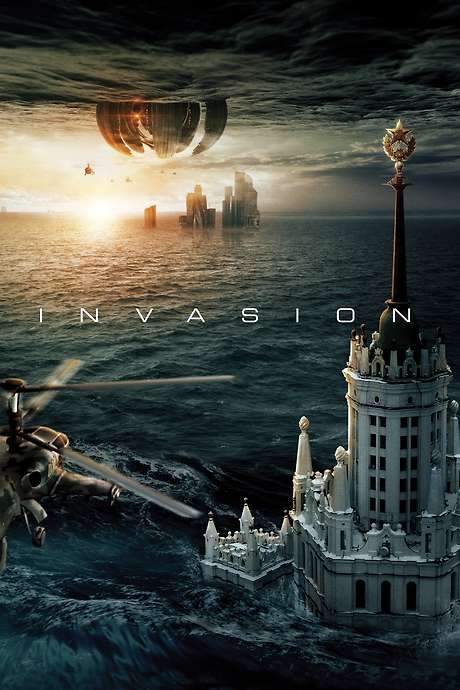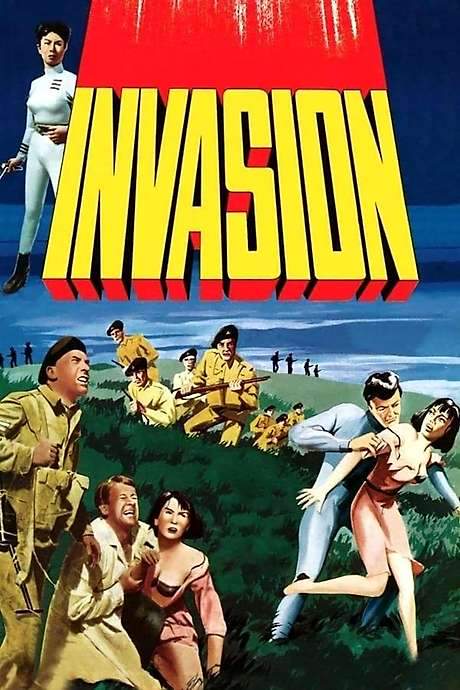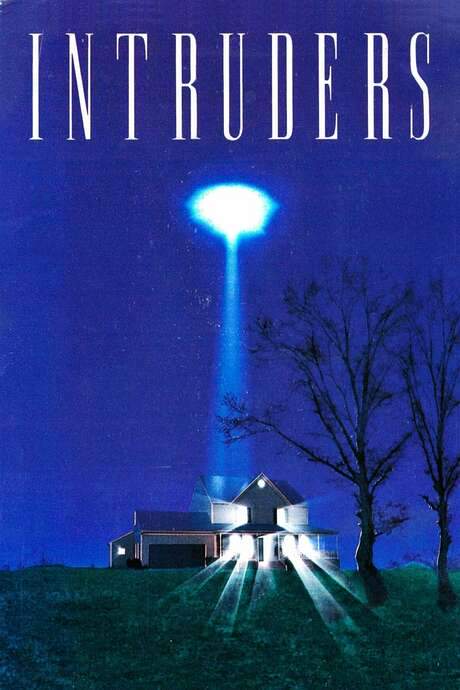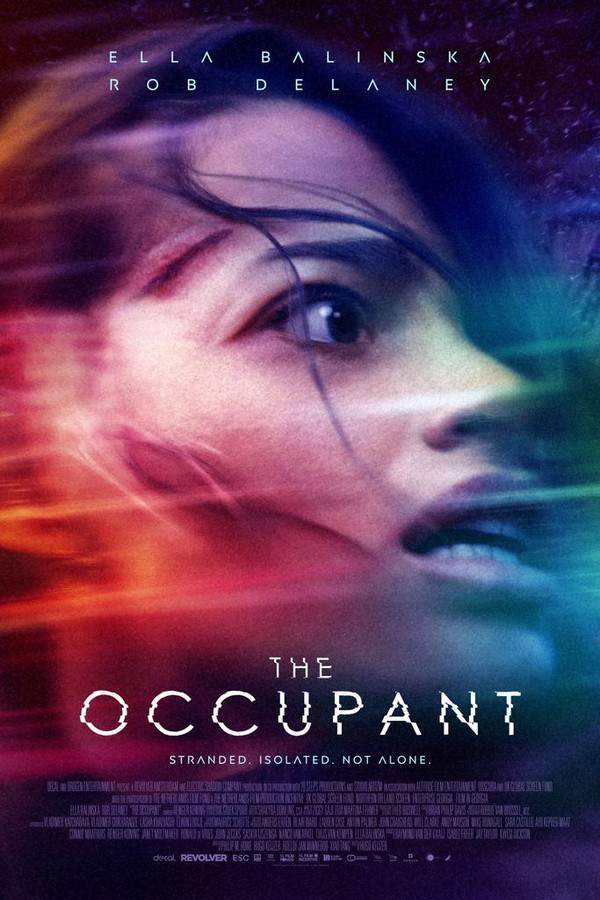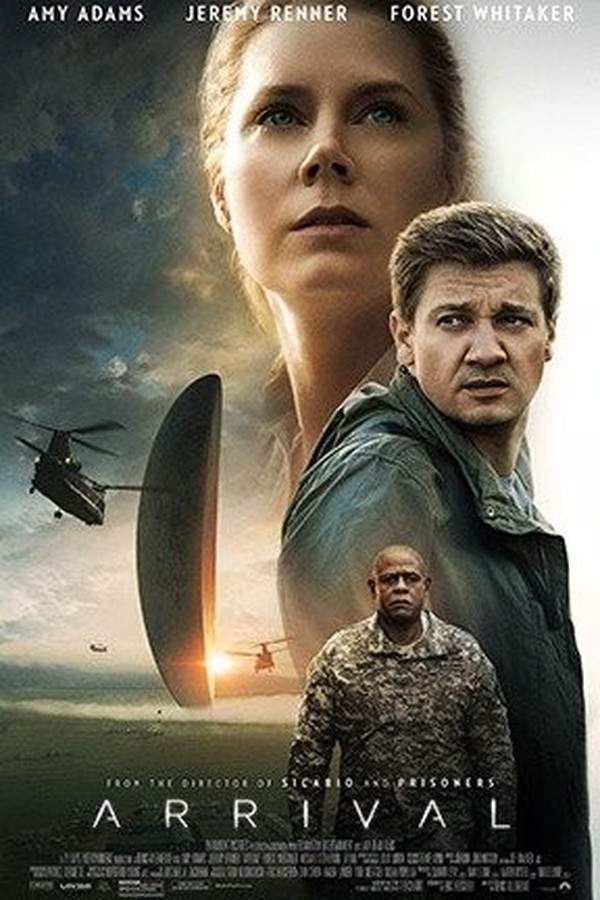
Arrival
Year: 2016
Runtime: 116 min
Language: English
Director: Denis Villeneuve
Budget: $47M
When twelve mysterious spacecraft appear over different locations across the globe, linguist Louise Banks is recruited by the U.S. military to attempt communication with the alien visitors. As global tensions rise and nations teeter on the edge of conflict, Banks and physicist Ian Donnelly race to understand the aliens' complex language and intentions. Her work pushes the boundaries of human understanding and challenges her perception of time and reality, ultimately determining the fate of Earth.
Warning: spoilers below!
Haven’t seen Arrival yet? This summary contains major spoilers. Bookmark the page, watch the movie, and come back for the full breakdown. If you're ready, scroll on and relive the story!
Arrival (2016) – Full Plot Summary & Ending Explained
Read the complete plot breakdown of Arrival (2016), including all key story events, major twists, and the ending explained in detail. Discover what really happened—and what it all means.
Linguist Louise Banks (Amy Adams) is deeply affected by the loss of her young daughter to cancer. As she continues to lecture at a university, twelve extraterrestrial craft suddenly make their appearance on Earth. In a twist of fate, Colonel Weber (Forest Whitaker) from the U.S. Army recruits Louise to collaborate with Ian Donnelly (Jeremy Renner), a brilliant experimental physicist, to decode the aliens’ language and determine their purpose for visiting.
Assigned to a military base in Montana, near one of the spacecraft, the team gains access to the mothership where two astonishing seven-limbed aliens, dubbed the “Heptapods,” await. They affectionately name the extraterrestrials “Abbott” and “Costello.” Louise begins her arduous journey of understanding their complex written language, which consists of intricate circular symbols. As her skills improve, she begins to experience vivid and surreal visions of a girl she doesn’t recognize as her daughter.
In a pivotal moment, when she asks the aliens what they desire, they respond with the cryptic message: > “offer weapon.” This alarming translation sparks fear among world leaders, leading some countries to sever communication and prepare for military aggression against the Heptapods. Yet, Louise starts to suspect that the intended meaning behind “weapon” could potentially signify “tool” or “technology,” hinting at a more benevolent purpose.
Amidst growing tensions, rogue military personnel place explosives inside the spacecraft unbeknownst to Louise and Ian. Upon their re-entry, the aliens reveal a far more intricate and significant message. Just as an explosion rocks the ship, Abbott ejects them, rendering them unconscious. Upon awakening at the military base, Ian realizes that the circular symbols are connected to a non-linear perception of time, suggesting that the aliens are urging human collaboration for a larger cause.
With time running out, Louise learns that China is preparing a military strike against the spacecraft. In a race against time, she returns to the craft where she encounters Costello, who discloses that Abbott’s life is waning. Louise’s visions of the daughter she hasn’t yet had are actually glimpses of her future. Costello reveals that they have come to aid humanity by sharing their language, which serves as a “tool” to alter our perception of time. The Heptapods anticipate a future event when they will need humanity’s help, pushing Louise to use her newfound insights.
As the situation escalates, Louise experiences a vision of a future United Nations event where she is thanked by General Shang (Tzi Ma) for convincing him to hold off on the impending attack. In a key moment, he shares that she called his private mobile phone, recalling a number he doesn’t fully understand. In a powerful act of faith, Louise takes a satellite phone and attempts to reach General Shang, despite feeling unprepared for what she must say.
Her vision reveals that she successfully persuades him by mirroring his wife’s last words in Mandarin, leading to a halt in the military offensive and restoring dialogue between nations as the spacecraft vanish from the skies. As tensions ease, while preparing to leave the military camp, Ian boldly confesses his love for Louise. They reflect on choices in life and whether knowing the future would alter their decisions. Louise envisions Ian fathering their daughter, Hannah, whose name is deliberately a palindrome, yet realizes he will leave her after learning their daughter’s tragic fate. Despite knowing the heart-wrenching road ahead, when Ian asks if she’d want to have a child, Louise embraces the future with hope.
Last Updated: November 15, 2024 at 17:54
Ending Explained – What Happens at the End of Arrival?
Still wondering what the ending of Arrival (2016) really means? Here’s a spoiler-heavy breakdown of the final scene, major twists, and the deeper themes that shape the film’s conclusion.
When Louise reveals to her daughter Hannah that her name is a palindrome, she is also revealing the core structure of the film’s story, which is itself a palindrome. The movie’s narrative isn’t a simple linear story but a complex intertwining of past, present, and future, all happening simultaneously. This is made clear through scenes of love and loss that appear non-chronologically; they are neither flashbacks nor flashforwards, but part of a single, timeless experience. Through her unique understanding of the Heptapods’ language—a language that perceives time non-linearly—Louise gains the ability to see her life from an omnipresent perspective. She experiences her memories of her daughter Hannah, including her tragic death, as present moments rather than past events, because in the Heptapods’ perception of time, all moments are interconnected.
This profound change in her perception influences key decisions in her life. When Louise contacts General Shang of China and persuades him to reject war, she draws from knowledge of future events—specifically, her conversation with Shang’s future self and his wife’s words about the futility of war—showing her to have foreseen the outcome of her actions. Similarly, she chooses to embrace the love she shares with Ian, knowing from her future insights that they will have a child, Hannah, who will later die of cancer. Her acceptance of this heartbreak confirms that Louise chooses to accept her life fully, knowing both the joy and pain it will bring, because she understands that the happiness she experiences is part of a deterministic but meaningful whole.
In the film’s emotional climax, Louise’s awareness of her future does not lead to despair but to a form of freedom: she consciously decides to live in the present, appreciating her moments of love and happiness, despite knowing the inevitable tragedy awaiting her. When she and Ian decide to have a child, her joy is tinged with sadness because she knows what fate holds, yet she chooses to pursue love anyway. This choice underscores the film’s core message: that truly understanding the non-linear nature of time allows us to embrace life’s uncertainties and find meaning in every moment. Arrival ultimately suggests that life’s value lies not in avoiding death but in accepting the full spectrum of human experience—joy, loss, love, and sacrifice—within a timeless, interconnected existence.
Last Updated: June 25, 2025 at 08:58
Explore Movie Threads
Discover curated groups of movies connected by mood, themes, and story style. Browse collections built around emotion, atmosphere, and narrative focus to easily find films that match what you feel like watching right now.
Mind-bending sci-fi dramas like Arrival
Intellectual sci-fi dramas where humanity confronts the profound and unknown.Explore a collection of cerebral and thought-provoking movies like Arrival, where science fiction serves as a vehicle for deep philosophical questions. These films share a focus on complex ideas, intellectual tension, and often a slow, deliberate pacing that allows you to fully absorb their concepts. If you enjoyed the intellectual challenge and emotional depth of Arrival, you'll find similar journeys here.
Narrative Summary
Stories in this thread often involve a protagonist, typically a scientist or expert, confronted with a paradigm-shattering discovery or entity. The plot revolves around the process of understanding this new reality, which challenges fundamental human concepts. The journey is internal as much as external, exploring the limits of perception and the weight of knowledge.
Why These Movies?
Movies are grouped here because they share a core commitment to using the sci-fi genre to explore high-concept, philosophical themes. They create a similar vibe of intellectual awe and cerebral tension, often paired with a solemn tone and a pacing that values contemplation over adrenaline.
Emotionally complex stories with bittersweet endings like Arrival
Stories where characters embrace a beautiful but painful destiny.Discover movies like Arrival that explore the heavy, beautiful, and painful choices characters make when faced with a difficult destiny. These films often feature a central theme of fate versus free will, leading to endings that are hopeful yet heartbreaking. If the powerful, bittersweet emotional journey of Arrival resonated with you, these stories will provide a similar profound experience.
Narrative Summary
The narrative pattern typically involves a character gaining insight into their future, often through memory, prophecy, or nonlinear time. This knowledge presents a cruel dilemma: to avoid future pain by changing course, or to accept the pain as the price for the accompanying love and beauty. The story follows their struggle and ultimate acceptance, resulting in an ending that is both a victory and a sacrifice.
Why These Movies?
These films are united by their exploration of a specific, powerful emotional arc—the acceptance of a bittersweet fate. They share a heavy emotional weight, a tone that balances hope and melancholy, and a pacing that allows the gravity of the choice to fully settle with the audience.
Unlock the Full Story of Arrival
Don't stop at just watching — explore Arrival in full detail. From the complete plot summary and scene-by-scene timeline to character breakdowns, thematic analysis, and a deep dive into the ending — every page helps you truly understand what Arrival is all about. Plus, discover what's next after the movie.
Arrival Timeline
Track the full timeline of Arrival with every major event arranged chronologically. Perfect for decoding non-linear storytelling, flashbacks, or parallel narratives with a clear scene-by-scene breakdown.

Characters, Settings & Themes in Arrival
Discover the characters, locations, and core themes that shape Arrival. Get insights into symbolic elements, setting significance, and deeper narrative meaning — ideal for thematic analysis and movie breakdowns.

Arrival Ending Explained
What really happened at the end of Arrival? This detailed ending explained page breaks down final scenes, hidden clues, and alternate interpretations with expert analysis and viewer theories.

Arrival Spoiler-Free Summary
Get a quick, spoiler-free overview of Arrival that covers the main plot points and key details without revealing any major twists or spoilers. Perfect for those who want to know what to expect before diving in.

More About Arrival
Visit What's After the Movie to explore more about Arrival: box office results, cast and crew info, production details, post-credit scenes, and external links — all in one place for movie fans and researchers.

Similar Movies to Arrival
Discover movies like Arrival that share similar genres, themes, and storytelling elements. Whether you’re drawn to the atmosphere, character arcs, or plot structure, these curated recommendations will help you explore more films you’ll love.
Explore More About Movie Arrival
Arrival (2016) Scene-by-Scene Movie Timeline
Arrival (2016) Movie Characters, Themes & Settings
Arrival (2016) Ending Explained & Theories
Arrival (2016) Spoiler-Free Summary & Key Flow
Movies Like Arrival – Similar Titles You’ll Enjoy
Interstellar (2014) Complete Plot Breakdown
The Midnight Sky (2020) Ending Explained & Film Insights
Contact (1997) Movie Recap & Themes
The Arrival (1996) Full Movie Breakdown
The Invasion (2007) Plot Summary & Ending Explained
Alien Code (2017) Film Overview & Timeline
Alien Implant (2017) Movie Recap & Themes
Invasion (2019) Story Summary & Characters
The Arrival (1980) Spoiler-Packed Plot Recap
Strange Invaders (1983) Story Summary & Characters
Invasion (1965) Plot Summary & Ending Explained
Invaders from Mars (1953) Plot Summary & Ending Explained
Alien Species (1998) Spoiler-Packed Plot Recap
Intruders (1000) Film Overview & Timeline
The Occupant (2025) Full Movie Breakdown

